by Maria Bustillos
I should love to claim the credit for having figured out what Inception is really about, but Devin Faraci of C.H.U.D. is the one who started the ball rolling for me. I don’t know whether or not the essential clue was in Faraci’s possession before he wrote his review, but even if it was, all I can say is, dang. I can’t remember the last time a review succeeded in making me change my mind about a movie so absolutely, and so satisfyingly.
The clue is this: in recent a red-carpet interview, Leonardo DiCaprio compared Inception not to The Matrix or Dark City, but to 8½.
It’s the merest cliché, that a movie is itself a shared dream. The lights go down, and the audience shares a vision created by others. We are the real targets of the inception, here.
After I read the Faraci review, I had to go and see the movie again. And having done that, it now seems to me that Faraci did not go nearly far enough with the 8½ analogy. Like 8½, Inception is a movie about making movies; it’s not that the whole movie “is a dream,” though, but rather that the whole movie is an allegory of creation. It’s the story of Dom Cobb/Christopher Nolan, and his struggle with his own youthful, self-absorbed aesthetic in order to return “home,” where he can be united with his “real” children-his works, his films.
People have asked: why are the children generally wearing the same clothes, and why are they mostly the same age, throughout this movie? It’s because they’re the perfect vision of his creation, the ideal works of his mind’s eye; they symbolize the movies Nolan would like to make, or to have made.
The easiest way to access this interpretation is to examine the character of Mal, the wife of Dom Cobb. She represents Cobb’s personal inspiration; the Greek kind of muse, not just the beautiful-girl kind. Young artists conceive a passion for their métier that is analogous to a love affair. “He’s wedded to his work,” people will say. The indescribable beauty of books, paintings or music that strikes us with such brilliance and force when we are young; we fall in love with that. Some fall in love to such a degree that nothing will suffice but that they too must become painters, writers, musicians.
Young artists often come to feel that that great love will provide all the inspiration they’ll ever need to fuel their own works, that they can call on the muse and she will come, like a bolt of lightning, and then they will create works of equal brilliance out of the passion they’ve felt for the works of others. That feels inevitable, because the love is so colossal, so perfect, so overwhelming. Nothing so beautiful and fulfilling can possibly be mistaken; it is hard not to feel that.
OH OOHHH DREEEAAAM WEAVER
But no artist who relies on passion alone is ever going to create meaningful work, it turns out. The world of personal inspiration is sealed to the outside. In the movie Mal, the symbol of inspiration, says this directly to Ariadne: “Do you know what it is to be a lover? Half of a whole?” Please note, there is no room for children or anything else in that formula. Then, to Cobb, in distress: “You said we’d be together! You said we’d grow old together.”
(By the way, in Greek mythology, Ariadne provided Theseus with the ball of thread or “clew” he uses to escape from the maze after slaying the Minotaur, you will recall. This Ariadne is the same.)
The artist has to struggle and eventually to break with his muse, however seductive and beautiful she may be, if what he wants is to move an audience. The muse will always be tempting him to indulge his own vision, rather than trying to reach outside himself for it. This is the real story of Inception.
The deficiency of pure inspiration is illustrated quite baldly in the first scenes with Mal, at the cocktail party of Saito, the tycoon (or, studio honcho) whom Cobb is hoping to persuade to hire him. Cobb asks her to sit in a chair; he’s begun to fashion his illusion for Saito, in furtherance of which he fastens a rope to the chair’s leg, and then uses the rope to climb down the outer wall to a lower window. Stay there, he tells her, before he pops out the window. Mal immediately displays the caprice and unpredictability of inspiration: she betrays him instantly, lets him fall. We see her empty chair, the fleeing rope, and Cobb plummets far lower than he’d intended. He can’t rely on inspiration to help him get where he wants to go. This disturbs him, but it doesn’t stop him; he climbs up to the intended window, muse or no muse. He has a larger purpose, one that doesn’t include Mal.
Eventually that purpose will lead Cobb to Fischer, who represents on one level you, a single viewer, and on another, the audience and the culture at large. It’s Fischer that Cobb must reach in order to “go home.” Tellingly, Cobb doesn’t care much about Fischer, to begin with. But by the end he is fully invested in Fischer’s responses to all his machinations. As “Mr. Charles,” Cobb takes the risk of revealing to Fischer that they’re both in a dream. That’s like letting you know that you’re watching a movie; a directorial aside, a lifting of the curtain. There’s a leap of faith required from Fischer, too. When he makes that leap, even though Cobb is deceiving Fischer, it’s as though Fischer’s story has now got a certain hold on Cobb; now Cobb cares about Fischer, and will even dream Fischer’s dream, in a sense.
By the end Cobb will have to choose, explicitly, between Mal and Fischer. This is a very exact analogy: who are you doing this for? For your own vision, or for the audience? By then, reaching Fischer has created its own justification for undertaking such a risky enterprise. For Fischer’s epiphany, however artificially-induced, however staged, is strangely moving, beautiful and sad: it’s real, for lack of a better way of putting it. Note also that it comes to Fischer alone. Cobb doesn’t see this redemption; he only has to have faith that it’s happened. How sad it is that no director can ever really see into the heart of a viewer who is seeing and understanding his work for the first time!
As much as I like Faraci’s conceit of the various characters mapping to the various roles in a film production, it also appears that Nolan is a total auteur who writes all his own stuff. He’s married to his producer, even. So I prefer a reading where the different roles here are played by the different parts of Nolan’s own psyche (not that these readings are mutually exclusive; far from it.) In this case Arthur represents the director’s reason, experience or conscience-as well as the idea of “producer,” Eames, the “thief and forger,” represents daring, playfulness, invention-”actor”; Yusuf, the technical, illusionist’s part-”production design”; Ariadne represents craft, curiosity and intuition-and, perhaps, “writer.” (One need not even mention the striking resemblance of the film’s star to its director.)
“MAL”
All these are played off against the Other represented by Mal. She is the enemy, here. Why? Because the Muse wants only Cobb, Cobb alone. She could care less about anything but the private magic between them-not even their children. Their “real” children, she claims, are beyond the veil. So Cobb’s destruction of Mal provides the real climax of the movie.
“Fischer is real,” says Ariadne, the leader out of the maze. “Mal is just a projection.” Cobb has to follow Fischer, whose catharsis is now revealed to be the real reason for Cobb’s work, down into the deepest part of himself: the intuition that guides his craft (in the form of Ariadne) leads him to believe that success can be achieved, Fischer reached (and all brought out of the maze!); otherwise even Cobb himself would have given up.
Cobb goes home, where his mentor and father-in-law Miles is waiting with his “real children.” (It’s no accident that Cobb first meets up with Miles in Paris, the old capital of art, and of film, and then he magically shows up at “home.”) Cobb sees his children’s faces for the first time in the movie and, also for the first time, he doesn’t care whether or not the top, his totemic indicator of “reality,” ceases to spin. Audiences have been moved to speculate on the ultimate fate of the top, as if what were being said is merely that “reality” is in question. Which sure, that is being said. But the real point is that Cobb leaves the top spinning, in order to go outside and find his children waiting for him. Whether or not reality is “real” has stopped mattering to Cobb, and that final leap of faith is what redeems him.
All the seeming inconsistencies that bothered me on a first viewing evaporated instantly on the second, after I had read Faraci’s review. Every line of the movie finds its place, viewed through this lens. Take Saito, the studio executive who is willing to give Cobb a job, but just a job isn’t enough; Saito must tempt Cobb with the promise of reaching his children: creative autonomy. “How do I know you can deliver?” Cobb asks, and Saito responds: “You don’t… but I can.” That didn’t mean much to me when the players were rival titans of industry, but when I saw Saito as a studio head extending the offer of creative control to the director of the movie I was watching, whoa. And line after line, it was the same.
“A man possessed of radical notions.”
“The world needs Robert Fischer to change his mind.”
“How do you translate a business strategy into an emotion?”
The most fun part of this whole thing is that Nolan’s attempt at Inception has worked really beautifully, so far. He’s made an idea, “like a virus,” enter millions of minds, and we don’t quite know what it is, not yet.
Maria Bustillos is the author of Dorkismo: The Macho of the Dork and
Act Like a Gentleman, Think Like a Woman.
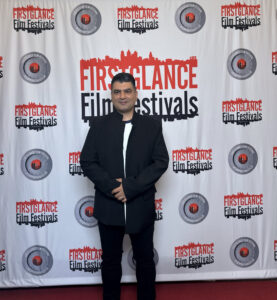

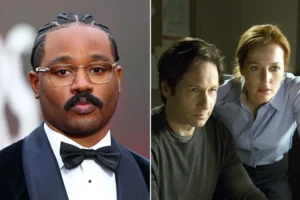





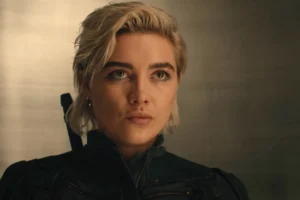


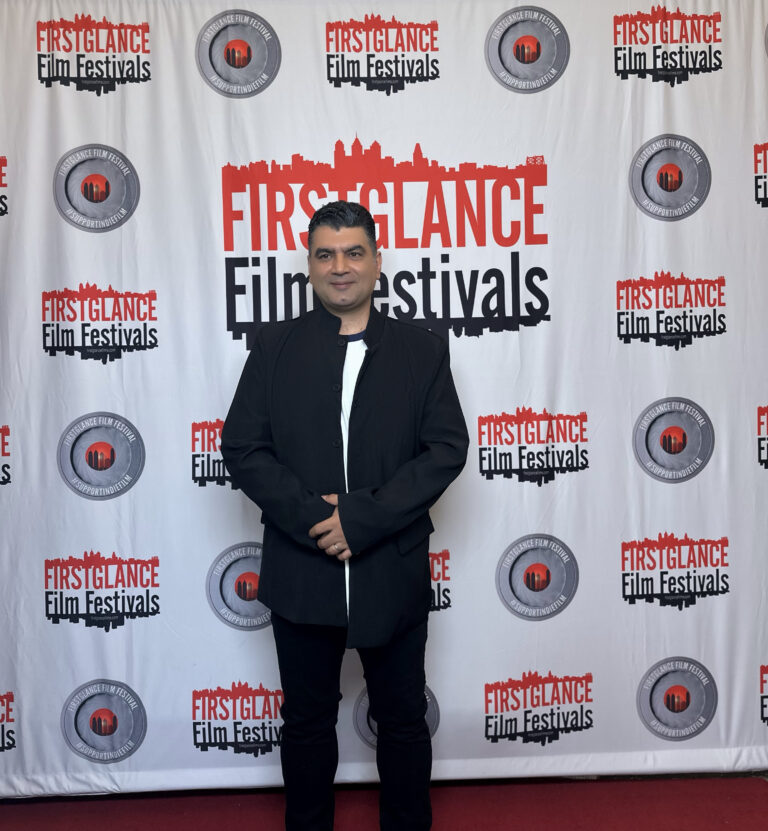
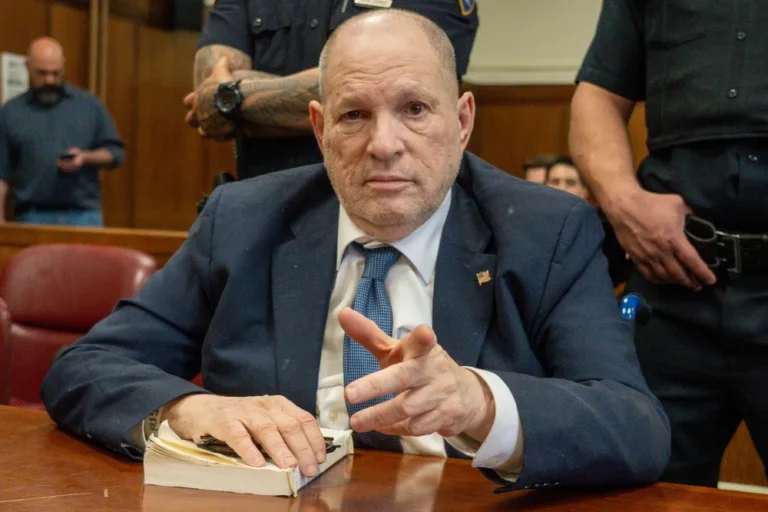



+ There are no comments
Add yours